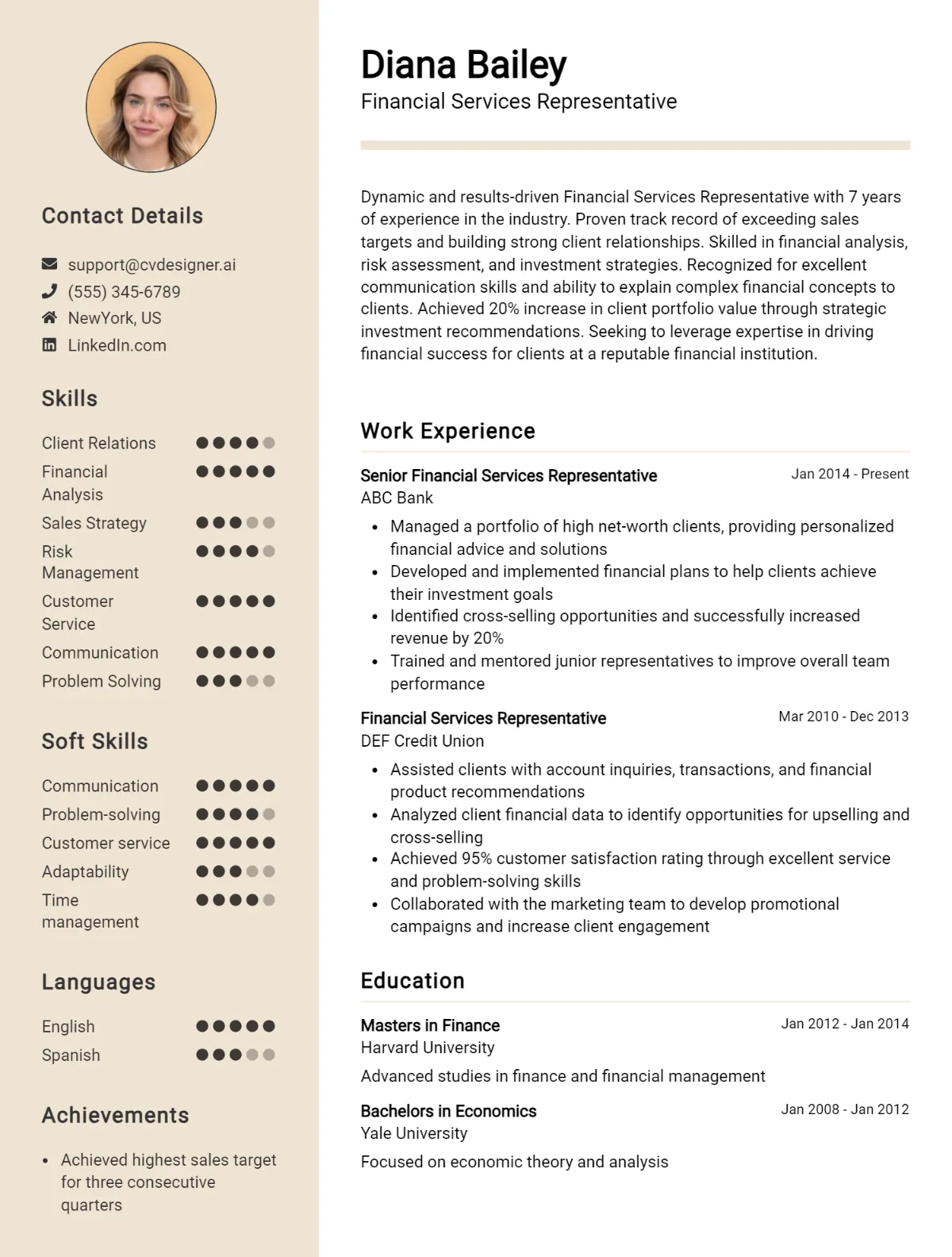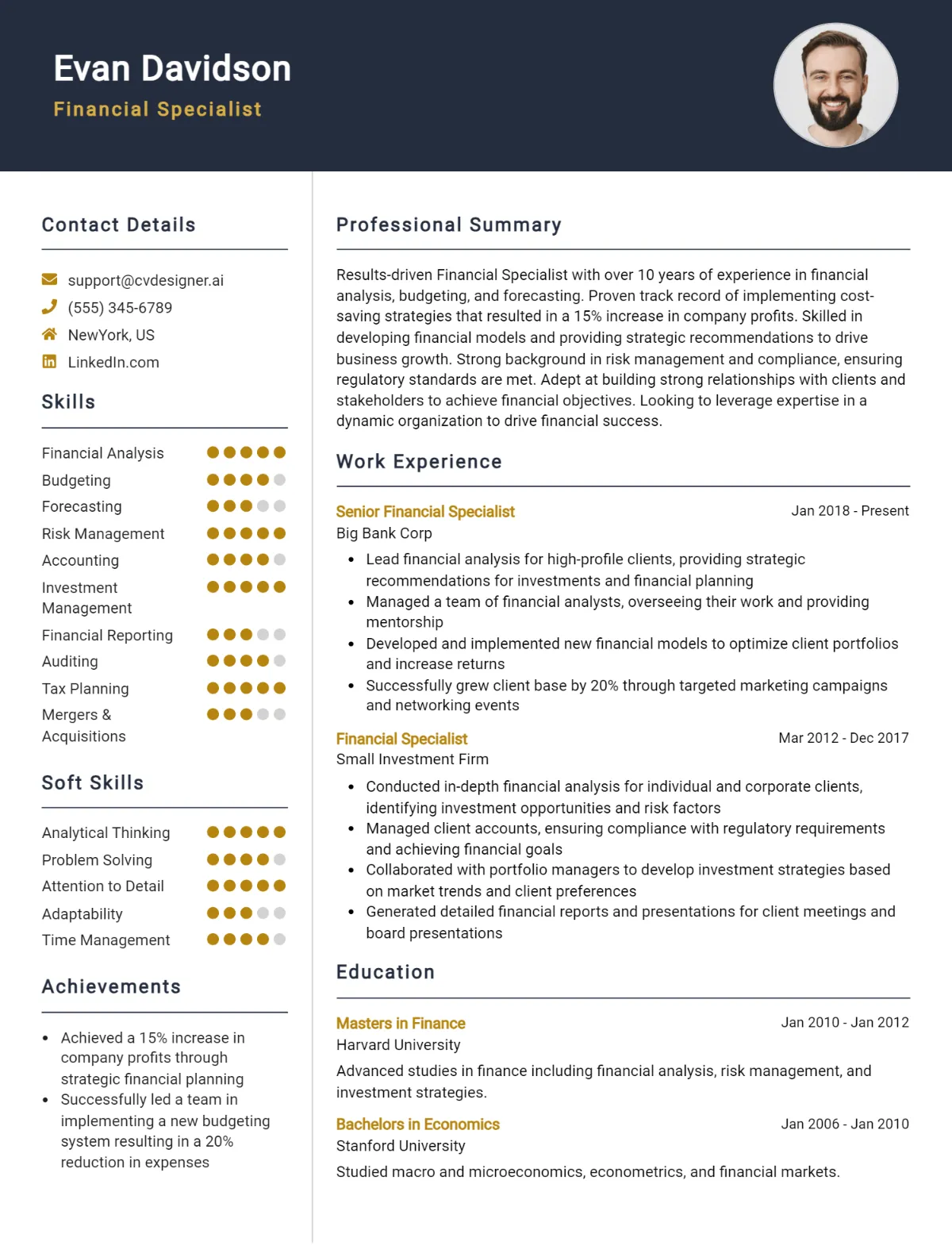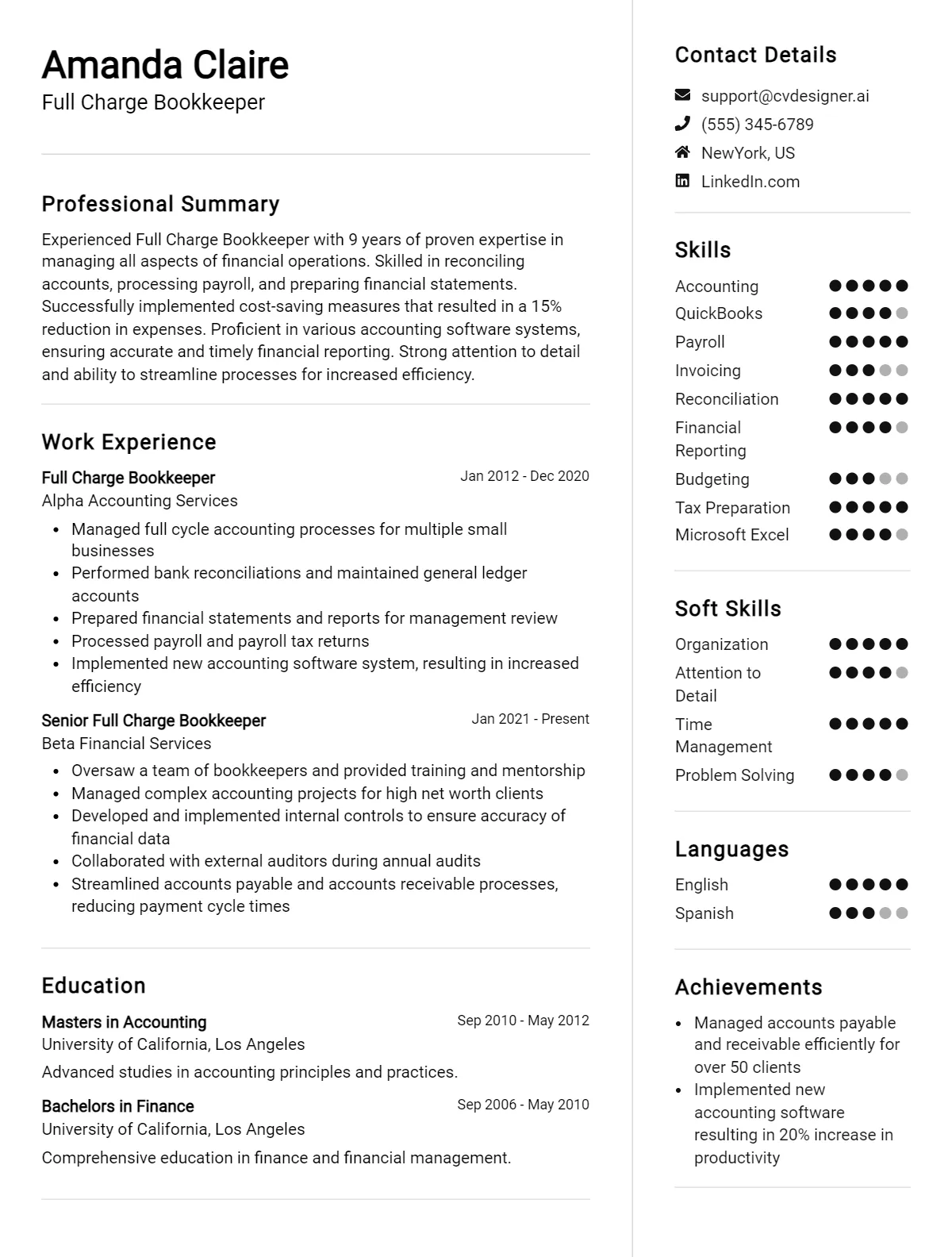A well-crafted cover letter can be the key to opening doors in your job search. It’s your chance to make a personal connection, showcase your personality, and explain why you’re the perfect fit for the role. However, even a small mistake in your cover letter can undermine your application and lessen your chances of getting noticed. In this guide, we’ll explore 18 of the most common cover letter mistakes and how to avoid them, ensuring that your cover letter stands out for all the right reasons.
1. Failing to Customize Your Cover Letter
Problem: Using a Generic Cover Letter for Every Application
One of the biggest mistakes you can make is sending the same generic cover letter with every job application. Employers can easily spot a template cover letter that hasn’t been tailored to their specific job or company. This approach can make you seem disinterested or lazy, as it shows a lack of effort to understand the company’s needs and culture.
Solution: Tips on Tailoring Your Cover Letter to Each Specific Job and Company
To avoid this mistake, customize your cover letter for each job you apply to. Start by researching the company—understand their mission, values, and culture. Then, incorporate this knowledge into your cover letter. Mention the company by name, reference specific aspects of the job description, and explain why you are particularly interested in this role. Tailoring your cover letter shows that you’ve done your homework and are genuinely interested in the position.
Example: Instead of saying: “I am interested in the marketing manager position at your company.”
Say: “I am excited about the opportunity to join [Company Name] as a marketing manager, where I can contribute to your innovative digital marketing strategies and help further your mission of expanding market reach.”
Pro Tip: Use our cover letter builder to easily customize your cover letter for each application, ensuring it aligns perfectly with the job and company.
2. Addressing the Letter to the Wrong Person
Problem: Using Generic Salutations Like “To Whom It May Concern”
Using a generic salutation such as “To Whom It May Concern” or “Dear Sir/Madam” can make your cover letter feel impersonal. It suggests that you haven’t taken the time to find out who you’re addressing, which can come across as careless or uninterested.
Solution: How to Research and Address the Letter to the Appropriate Person
To avoid this mistake, do some research to find the name of the hiring manager or the person responsible for recruiting. This information is often available on the company’s website, LinkedIn, or through a quick phone call to the company’s HR department. Addressing your cover letter to a specific person shows attention to detail and a genuine interest in the position.
Example: Instead of: “Dear Hiring Manager,”
Say: “Dear Ms. Smith,”
This personal touch can help your cover letter stand out and make a positive first impression.
Pro Tip: If you absolutely cannot find the name of the hiring manager, use a more specific greeting like “Dear Marketing Team” or “Dear [Company Name] Hiring Team.”
3. Repeating Your Resume Word-for-Word
Problem: Restating Your Resume Without Adding New Information
Your cover letter is not just a repetition of your resume. One of the most common mistakes is simply summarizing your resume in your cover letter, which fails to provide additional value or insight. This redundancy can make your cover letter seem unnecessary and might cause the reader to lose interest.
Solution: How to Use the Cover Letter to Provide Additional Context and Tell Your Story
Instead of repeating your resume, use your cover letter to tell a story about your career that your resume can’t convey. Discuss the “why” behind your career moves, highlight a particular achievement that aligns with the job you’re applying for, or explain how your unique experiences make you a perfect fit for the role. Your cover letter should complement your resume by adding depth and personality to your application.
Example: Instead of saying: “I have five years of experience in digital marketing, as outlined in my resume.”
Say: “During my five years in digital marketing, I led a team that successfully increased web traffic by 50% within six months, a project that underscored my passion for data-driven strategies and creative problem-solving.”
Pro Tip: Explore our resume examples to see how others have effectively differentiated their cover letters from their resumes.
Use our Best Resume Templates
Discover our top-tier Resume templates, meticulously designed to make a lasting impression. Choose from a variety of professional layouts to enhance your career prospects.
4. Focusing Too Much on Yourself
Problem: Centering the Letter Around Your Needs Rather Than the Employer’s
While your cover letter should convey your qualifications and enthusiasm, focusing too much on what you want out of the job can be off-putting. Employers are primarily concerned with how you can meet their needs, not the other way around. A cover letter that’s too self-centered might give the impression that you’re more interested in what the company can do for you than in contributing to the company’s success.
Solution: Strategies for Aligning Your Skills with the Company’s Needs and Goals
Shift the focus from what you want to what you can offer the company. Research the company’s goals and challenges, and explain how your skills and experiences make you uniquely equipped to help them achieve their objectives. By framing your qualifications in the context of the company’s needs, you demonstrate that you’re not just looking for any job—you’re looking to add value to their team.
Example: Instead of: “I’m looking for a position where I can grow my career.”
Say: “I’m excited about the opportunity to bring my expertise in project management to [Company Name], where I can help streamline operations and drive growth.”
Pro Tip: Check out our cover letter templates for ideas on how to structure your letter to highlight how you can meet the employer’s needs.
5. Failing to Highlight Key Achievements
Problem: Not Showcasing Your Most Relevant Accomplishments
A common mistake is to talk in general terms about your experience without highlighting specific achievements. Employers want to see evidence of how you’ve added value in your previous roles, and failing to showcase your accomplishments can make your cover letter less compelling.
Solution: How to Highlight Achievements That Match the Job Requirements
Identify the achievements that are most relevant to the job you’re applying for and highlight them in your cover letter. Use quantifiable results whenever possible, such as percentages, dollar amounts, or time saved, to make your accomplishments more tangible. This not only demonstrates your ability to deliver results but also shows that you understand what’s important for the role.
Example: Instead of: “I have experience in managing teams.”
Say: “In my previous role, I led a team of 15 to increase sales by 30% over the course of a year by implementing targeted training programs and optimizing our sales process.”
Pro Tip: Use our resume builder to track your achievements over time, making it easier to select the most relevant ones for your cover letter.
6. Writing a Lengthy Cover Letter
Problem: Overloading the Reader with Too Much Information
While it’s important to provide enough detail in your cover letter, a lengthy, rambling letter can overwhelm the reader and cause them to lose interest. Cover letters that are too long may also suggest that you have trouble communicating concisely—an essential skill in most jobs.
Solution: Tips for Keeping Your Cover Letter Concise and to the Point
To keep your cover letter concise, focus on the most important information and avoid unnecessary details. Aim for a length of around three to four paragraphs, or roughly half a page to one page in length. Each paragraph should have a clear purpose, whether it’s to introduce yourself, explain why you’re interested in the role, or highlight a key achievement. Trim any redundant or filler content, and make sure every sentence adds value.
Example: Instead of: “I am writing to express my interest in the marketing manager position at your esteemed company, which I found on your company’s website. I have a passion for marketing, and I believe that my skills, experience, and qualifications make me a great fit for this role. I have worked in marketing for the past five years, and during this time, I have developed a strong set of skills in digital marketing, project management, and team leadership.”
Say: “As a marketing professional with over five years of experience, I am excited about the opportunity to contribute to [Company Name] by leveraging my expertise in digital marketing, project management, and team leadership.”
Pro Tip: Use our cover letter format guide to ensure your cover letter is concise, well-structured, and easy to read.
7. Using a Weak Opening
Problem: Starting with a Dull or Generic Introduction
The opening of your cover letter is your chance to grab the reader’s attention, but a weak or generic introduction can cause your letter to fall flat. Starting with phrases like “I am writing to apply for…” is not only overused but also fails to convey enthusiasm or make a memorable impression.
Solution: How to Craft a Compelling Opening That Grabs Attention
Start your cover letter with a strong, engaging statement that highlights your enthusiasm for the role or a key achievement that immediately demonstrates your value. You can also reference a personal connection or a specific aspect of the company that excites you. The goal is to capture the reader’s interest from the very first sentence.
Example: Instead of: “I am writing to apply for the project manager position.”
Say: “With a proven track record of leading projects that deliver on time and under budget, I am excited about the opportunity
to bring my skills in project management to [Company Name].”
Pro Tip: Personalize your opening by mentioning something specific about the company, such as a recent achievement or their commitment to innovation, which shows you’ve done your research.
8. Neglecting the Company’s Culture
Problem: Ignoring the Company’s Values and Culture
Your cover letter is not just about your qualifications—it’s also an opportunity to show that you’re a good cultural fit for the company. Ignoring the company’s culture in your cover letter can make it seem as though you haven’t fully considered whether you’d thrive in that environment.
Solution: How to Research the Company and Reflect Its Culture in Your Cover Letter
Take the time to research the company’s values, mission, and culture before writing your cover letter. This information is often available on the company’s website, in job postings, or through employee reviews on sites like Glassdoor. Reflect the company’s culture in your cover letter by aligning your tone and language with their brand and by highlighting experiences or values that resonate with the company’s ethos.
Example: If the company values innovation, you might say: “I am drawn to [Company Name] because of your commitment to innovation, a value I share deeply. In my previous role, I spearheaded the development of a new product that revolutionized our market approach.”
Pro Tip: Tailor your cover letter’s tone and content to reflect the company’s culture, whether it’s formal, creative, or highly collaborative.
9. Failing to Include Keywords
Problem: Missing Out on Important Keywords That ATS Might Scan For
Just like resumes, cover letters are often scanned by Applicant Tracking Systems (ATS) for specific keywords before reaching a human recruiter. If your cover letter doesn’t include these keywords, it might not make it past the initial screening, no matter how well-written it is.
Solution: How to Identify and Incorporate Relevant Keywords from the Job Description
To ensure your cover letter passes through ATS, carefully review the job description for keywords related to the required skills, qualifications, and experiences. Incorporate these keywords naturally into your cover letter, particularly in the sections where you discuss your qualifications and achievements. Avoid keyword stuffing—ensure the keywords fit naturally within the context of your letter.
Example: If the job description emphasizes “project management” and “cross-functional team leadership,” you might say: “In my current role, I have successfully managed multiple projects simultaneously, leading cross-functional teams to achieve project goals on time and within budget.”
Pro Tip: Review our cv examples to see how keywords are effectively integrated into both cover letters and resumes, ensuring they align with the job description.
10. Typos and Grammatical Errors
Problem: The Negative Impact of Errors on Your Cover Letter’s Professionalism
Typos and grammatical errors in your cover letter can be a major red flag for employers. These mistakes suggest a lack of attention to detail and can undermine the professionalism of your application. Even a small typo can cause a recruiter to question your communication skills and your ability to produce error-free work.
Solution: Techniques for Thorough Proofreading and Editing
To avoid typos and grammatical errors, take the time to thoroughly proofread your cover letter before submitting it. Don’t rely solely on spell check—read your cover letter out loud to catch awkward phrasing and errors that might be easy to overlook. Consider asking a trusted friend or colleague to review your cover letter, as they may spot mistakes you missed. Taking a break between writing and proofreading can also help you see your letter with fresh eyes.
Example: Instead of: “I am confident that I can contribute to you’re team’s success.”
Say: “I am confident that I can contribute to your team’s success.”
Pro Tip: Use tools like Grammarly or Hemingway Editor to help catch mistakes you might overlook, ensuring your cover letter is polished and professional.
11. Using a Generic Closing
Problem: Ending Your Cover Letter Without a Strong Call to Action
A weak or generic closing can leave a lukewarm final impression. Ending your cover letter with phrases like “Thank you for your time and consideration” is polite, but it doesn’t encourage further engagement or express enthusiasm for the next steps.
Solution: How to Craft a Persuasive Closing That Encourages Follow-Up
To create a stronger closing, express your eagerness to discuss how you can contribute to the company and suggest a follow-up action. For example, you can mention that you look forward to discussing your application in more detail or that you’re excited to learn more about how you can support the company’s goals. Ending with a proactive statement can leave a positive, lasting impression.
Example: Instead of: “Thank you for considering my application.”
Say: “I look forward to the opportunity to discuss how my background in digital marketing can help [Company Name] achieve its growth objectives. I am eager to contribute to your team and would welcome the chance to speak with you further.”
Pro Tip: Use our cover letter builder to craft a closing that not only thanks the reader but also reinforces your enthusiasm for the role.
12. Being Too Formal or Too Casual
Problem: Misjudging the Tone of Your Cover Letter
Finding the right tone for your cover letter is essential. Being too formal can make you seem distant or unapproachable, while being too casual can come across as unprofessional. Striking the wrong tone can create a disconnect between you and the hiring manager, potentially diminishing your chances of making a strong connection.
Solution: How to Find the Right Balance Between Professionalism and Approachability
To strike the right tone, consider the company’s culture and the nature of the role you’re applying for. If the company is known for its formal, traditional approach, a more formal tone might be appropriate. Conversely, if the company values creativity and innovation, a slightly more casual, conversational tone might be better. Regardless of the tone, always maintain a level of professionalism that reflects well on you as a candidate.
Example: Instead of: “I’m super excited about this job and think I’d be awesome at it.”
Say: “I am enthusiastic about the opportunity to bring my skills and experience to [Company Name] and am confident that I would be a valuable addition to your team.”
Pro Tip: Adjust your tone based on the language used in the job posting and the company’s online presence, ensuring your cover letter resonates with the company’s communication style.
13. Not Explaining Employment Gaps
Problem: Leaving Unexplained Gaps in Your Employment History
Employment gaps on your resume or cover letter can be a red flag for recruiters if left unexplained. Unexplained gaps may lead to assumptions about why you were not working, which can hurt your chances of being considered for the role.
Solution: How to Address Gaps in a Positive and Proactive Way
To address employment gaps, be honest and provide a brief explanation in your cover letter. Focus on what you did during the gap, whether it was pursuing further education, volunteering, freelancing, or taking time for personal development. Highlight how these experiences have made you a better candidate and how they align with the role you’re applying for.
Example: Instead of: Leaving a gap unmentioned.
Say: “After taking time off to care for a family member, I am eager to re-enter the workforce and apply the new skills I gained through freelance consulting work in digital marketing.”
Pro Tip: If your employment gap was due to personal reasons, consider providing a brief, respectful explanation in your cover letter, focusing on the positives and what you bring to the table now.
14. Focusing on What You Lack
Problem: Highlighting Your Weaknesses Instead of Your Strengths
It’s natural to worry about the qualifications you don’t have, but focusing on what you lack can undermine your cover letter. Employers are looking for confident candidates who can bring value to their organization, not those who dwell on their shortcomings.
Solution: How to Reframe Your Experience to Emphasize What You Bring to the Role
Instead of focusing on what you lack, emphasize what you do bring to the table. Highlight your transferable skills, your enthusiasm for the role, and your ability to learn quickly. If you’re missing a specific qualification, mention how your other skills compensate for it or how you’re actively working to gain that experience.
Example: Instead of: “Although I don’t have experience in project management, I’m willing to learn.”
Say: “While my experience in project management is limited, I have successfully led several cross-functional teams in my previous roles, and I am eager to apply this experience to drive results in your organization.”
Pro Tip: Use our resume builder to identify and highlight transferable skills that demonstrate your value, even if you don’t meet every single qualification.
15. Overlooking Formatting and Design
Problem: Poorly Formatted or Visually Unappealing Cover Letters
Just like your resume, your cover letter should be well-formatted and visually appealing. A poorly formatted cover letter can make a negative impression, even if the content is strong. Issues like inconsistent fonts, lack of white space, and poorly organized sections can make your cover letter difficult to read and less likely to grab the recruiter’s attention.
Solution: Tips for Creating a Clean, Professional Layout
To ensure your cover letter is easy to read and professionally presented, use a simple, clean layout with plenty of white space. Choose a standard font like Arial, Calibri, or Times New Roman, and keep the font size between 10 and 12 points. Align your text to the left and use consistent spacing between paragraphs. Avoid excessive formatting, such as bold or italics, unless
it’s necessary to highlight a key point. A well-organized cover letter not only looks professional but also makes it easier for recruiters to find the information they’re looking for.
Example: Instead of: A cover letter with multiple fonts, inconsistent spacing, and no clear structure.
Say: A cover letter with a uniform font, clear headings, and well-organized paragraphs that are easy to follow.
Pro Tip: Check out our cover letter format guide for tips on creating a layout that enhances readability and presentation.
16. Not Including Contact Information
Problem: Forgetting to Include Your Contact Details
It’s surprising how many candidates forget to include their contact information in their cover letter. Without your contact details, recruiters have no way of reaching out to you, which can result in missed opportunities.
Solution: How to Ensure All Necessary Information Is Included
To avoid this mistake, always include your full contact information at the top of your cover letter. This should include your full name, phone number, email address, and optionally, your LinkedIn profile or professional website. Double-check to ensure that all information is accurate and up to date.
Example: Instead of: A cover letter with no contact information.
Say: A cover letter with a clear header that includes your name, phone number, email address, and LinkedIn profile.
Pro Tip: Use our resume builder to ensure consistency between your resume and cover letter, including matching contact information and branding.
17. Not Following Up
Problem: Missing Out on Opportunities by Not Following Up After Submitting Your Cover Letter
Submitting your cover letter is just the first step. Failing to follow up can result in your application being forgotten or overlooked, especially if the hiring process takes longer than expected. Following up shows initiative and can help keep your application top of mind for the hiring manager.
Solution: Best Practices for Following Up Without Being Pushy
To follow up effectively, wait about a week after submitting your application before reaching out. Send a polite email expressing your continued interest in the role and asking if there’s any additional information you can provide. Keep the tone professional and concise, and avoid being pushy or impatient.
Example: “Dear Ms. Smith,
I hope this message finds you well. I recently submitted my application for the marketing manager position and wanted to follow up to express my continued interest in the opportunity. I am enthusiastic about the possibility of contributing to [Company Name] and would be happy to provide any additional information if needed.
Thank you for your time and consideration.
Best regards,
[Your Name]”
Pro Tip: Follow up only once unless specifically invited to do so again. This shows respect for the recruiter’s time while demonstrating your genuine interest in the role.
18. Ignoring the Instructions in the Job Posting
Problem: Failing to Follow Specific Instructions from the Employer
Many job postings include specific instructions for submitting your application, such as required documents, file formats, or subject lines for emails. Ignoring these instructions can be a red flag for employers, as it suggests a lack of attention to detail or an inability to follow directions.
Solution: How to Carefully Read and Adhere to the Application Guidelines
To avoid this mistake, carefully read the job posting and make note of any specific instructions. Follow these instructions exactly as they are given, whether it’s attaching your cover letter as a PDF, including a specific subject line, or submitting through a particular portal. Adhering to these guidelines shows that you are detail-oriented and can follow directions—qualities that are highly valued by employers.
Example: If the job posting requests that you “Submit your cover letter and resume in PDF format,” make sure to do exactly that, and check that your files are properly named and formatted before sending.
Pro Tip: Keep a checklist of the application requirements as you prepare your cover letter and resume to ensure that you’ve met all the criteria before submitting.
Conclusion
Your cover letter is more than just a formality—it’s a powerful tool that can set you apart from other candidates. By avoiding these 18 common cover letter mistakes, you can create a cover letter that not only passes through Applicant Tracking Systems but also impresses hiring managers and helps you land the job you want. Remember to tailor your cover letter to each job, focus on what you can offer the company, and keep your content concise and error-free. With a well-crafted cover letter, you’ll be well on your way to achieving your career goals.
Start crafting your standout cover letter today using our cover letter builder and cover letter templates to ensure you present yourself in the best possible light.








